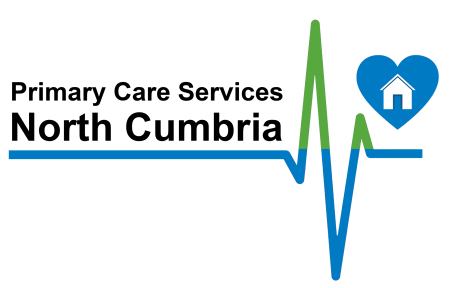Good Presentation Skills
We found that long formal Powerpoint presentations weren’t effective.
In this section there are some ideas for better ways of sharing and explaining information. Below are some points to think about.
How will you share the information?
View a 3 step thinking process on the tabs below.

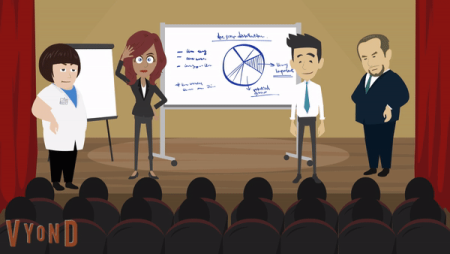
• Format of the meeting
• Large audience and a formal presentation (does it have to be PowePoint)
• Small audience and meeting style but still informal etc.
• Purpose of the meeting/event
• Know your venue (facilities)
• Number of people at the meeting

• Who are they? (know your audience)
• Why have they come to the presentation/meeting etc? What do they want to get out of this?
• How can you engage and involve them?
• What will excite and interest them about your message/content?
• What are they passionate about?
• What are the issues that you need to be sensitive to?

Do you need to use technology? (e.g. PowerPoint to bring greater emphasis to your message?)
Do you need to share paper copies of information?
If you are using slides make your presentation memorable. Using visual slides can have a dramatic effect on message retention. Remember the old adage – “a picture is worth a thousand words”. If you use a PowerPoint slideshow, remember the 10-20-30 rule from Guy Kawaasaki, Apple. He suggests that slideshows should:
- Contain no more than 10 slides
- Last no more than 20 minutes; and
- Use a font size of no less than 30 point
- Understandable and to the point (no jargon, no acronyms, keep it pacey)
Something unusual might capture people's attention

The rule of 3

People will generally only remember three things from your presentation.
Before you start writing your presentation, plan what your key three messages will be. Once you have the three messages, structure the main part of your presentation around these three key themes and look at how they could be better illustrated.
Tell your audience once, twice, three times what they need to take away from your presentation or the meeting ……
“if you only take three things away today … take these…”.

There are also three parts to your presentation/meeting – The beginning, The middle, The end
Start to plan out what you will do in these three parts
- The beginning is ideal for gaining attention or for an ice breaker – how can you use this time to ensure the participants want to know more
- The middle is the key content – these are your 3 main messages, find every way possible to ensure that your audience in a presentation or meeting, understands your three key messages
- The end is to close and summarise your 3 messages and to make a clear and crisp ending that defines the next steps

Use lists of three where you can in your presentation. The rule of three has been widely used:
- Veni, Vidi, Vici (I came, I saw, I conquered) – Julius Caesar
- Stop, look and listen – Public safety announcement
- “Friends, Romans, Countrymen lend me your ears” – William Shakespeare
- “Our priorities are Education, Education, Education” – Tony Blair
- A Mars a day helps you work, rest and play – Advertising slogan
- ‘Ello, ‘ello, ‘ello – what’s all this then?
Rehearse, rehearse, and rehearse!!!
Plan to rehearse your presentation out loud at least 3 times – this will help you retain the main messages and flow, even if you change some of the words.
In the presentation, note where the clock is in the room or put your watch where you can see it. This way you can see how timings can develop.
Rehearse against the clock. You can add content in or take it out to fit the time. Allow extra time in the presentation for questions and watch out for nerves – if you are nervous, this could mean that you talk faster on the day.
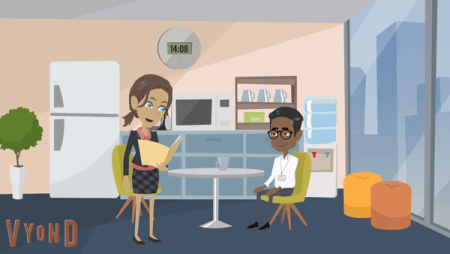
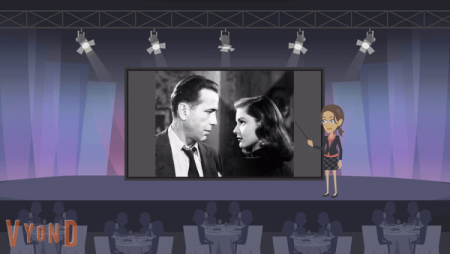
Telling me isn’t as powerful as showing me!
38% Vocal; 55% Visual: 7% Text – The 3 ‘V’s of Communication – Albert Mehrabian, PhD
- 38% Vocal covers volume, speed, tonality, emotion/passion
- 55% Visual covers posture, gesture, expression, eye contact, clothes, colour, style
- 7% covers content only so the way you deliver the content rather than the content alone is critical
I tell you our journey has been disrupted / I can show you it’s been disrupted:
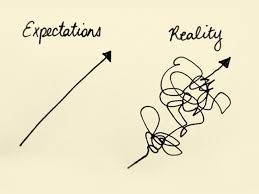
Telling me isn’t as powerful as showing me!
Example link: how to teach bus drivers to give cyclists space
- Your vocal style. How you deliver your content; pace of your speech and focus on changes in your pitch and tone to make your voice more interesting and hold people’s attention.
- Your posture and gestures – stand proud, what is your body language telling the audience?
- Your message – 3 key things.

Campaigns in 3 key words… (other brands & organisations are available)

Nike - Just Do It.
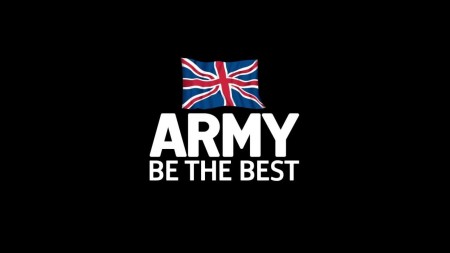
Army - Be The Best.

Tesco - Every Little Helps.

Homebase - Always low prices.

Panasonic - Ideas for life.
Before we can show you this Youtube video we need your consent to serve additional third-party cookies.
How to facilitate good conversations (Listening Skills)
We learned in Cumbria that good conversations only happen when all those involved are listening and often people will interact with public services because they want to be heard. Sometimes those responsible for public services are focused on defending a change or situation and don’t listen to the real worries being expressed.
Sometimes it can be difficult to listen to the reasons why decisions may have been made and the wider context if people are angry and have come to make a point. However conversations can be much more meaningful when all involved are listening well.
This guide will identify the steps to follow to ensure that we are creating opportunities to have good conversations with the aim of creating real and meaningful change.
Effective communication can harness creativity, commitment, passion and develop capacity within our community.


Listen...
Are you a good listen or a bad listener?
Answer yes or no to the following questions:
- Do you get distracted easily?
- Do you think that you ever miss the real, deep or hidden meaning in the speaker’s message?
- Do you hear what you intend or expect to hear?
- Do you often interrupt?
- Do you try to complete the sentence for the speaker?
- Do you prepare your reply while the speaker is still talking?
- Are you embarrassed by silence?
- Do you think you are a good listener after answering those questions?

Ways to develop your listening skills
- Listen with empathy
- Allow time
- Facilitate open conversation
- Understand people may need to hear something several times before they understand
- Encourage people to be honest
- Be willing to hear and act upon ‘inconvenient truths’
- Act on what you hear
- Reflect back what you have heard to ensure you have understood what you have been told – summarise it back to the speaker.
You can learn more about how to do this well in the next section
‘Assume the person you are listening to might know something that you don’t’
(source: Rules for Life, Jordan B Peterson)
‘You can’t assume you know what people think’
(Source – IS ANYBODY ACTUALLY LISTENING (People Management Feb 2018)
Listening to people properly demonstrates that...
… you are treating them with respect and dignity. People who feel their opinion matters are more likely to share their views and ideas and this fosters collaboration.
How does it feel when you are listened to well?
Be prepared to...
… listen to and act upon what people say. Always explain why views and ideas cannot be acted upon.
Create lots of opportunities for...
… for voices to be heard.
Use a variety of channels, methods to gather data e.g. face to face discussions, group meetings, surveys, social media, to enable all sectors of the community to contribute to the discussion. This will help to make people feel they are being listened to.
Think about how you can connect with...
… the ‘quieter’ voices. Urge people to use the opportunities provided. Think about opportunities for feedback. Demonstrate how people have made a difference and the impact their contribution has made.
Don't make assumptions about...
... what people think, want or need. Ask questions and be prepared to listen to their answers.
Think carefully about...
… how you will use the information you get. More data doesn’t necessarily lead to better understanding.
Communicate with compassion even when there is a difficult message that needs to be expressed.
It is an open and honest way of communicating and encompasses:
- Self-awareness
- Engagement
- Listening
- Learning to step into someone else’s shoes
How do we do it?... Find out over the next few tabs
Active listening involves engagement with what the other person is saying.
It means allowing the person you are speaking with to talk without interruption; accepting what they are saying as genuine, at least for them; and not injecting your own views, opinions or solutions.
- Listen
- Empathise
- Ask
- Paraphrase
- Summerise
More often than not words communicate what the sender wishes to say, but not always.
There are three aspects to words:
Content
The words themselves are used by people to convey meaning. If someone says “I’m going shopping” the meaning is fairly clear,
Meaning
(Words which do not match the meaning intended). There are circumstances when people communicate words which are in conflict with what they really mean or feel. “I’m alright” or “Leave me alone” are just two common examples of phrases used which you might not be wise to take at face value.
Feelings
Verbal communication is nearly always supported or elaborated in some way by non-verbal communication e.g. body language which may indicate how a person is feeling.
A powerful form of communication.
It includes:
“It ain’t what you say; it’s the way that you say it”.
Positions and gestures
The way a person sits or stands can communicate a certain amount, as can his or her gestures and other movements.


For instance, ‘What time is it’? asked in a matter of fact voice may reflect a need for information. The same question phrased as ‘Heavens what time is it?’ and asked with urgency is quite a different message – it indicates a potential problem. The objective fact may be the same in both cases. But, expressed urgency in the second situation may imply a problem that requires action.
Feelings are important – they motivate our actions – our inability to detect them may mean we are missing the important messages that people send.
12 Blocks to listening and helping
Be honest do you do any of the following…?
Think about this next time you are listening and see if you can focus on listening instead of any of these habits…
| 1.COMPARING | “When my mother died I coped much better …………” |
| 2. MIND READING | You are trying to figure out what the other person is really thinking and feeling. |
| 3. REHEARSING | Your attention is on the preparation and delivery of your next comment. |
| 4. FILTERING | You listen to some things and not others. |
| 5. JUDGING | You don’t listen to what they say as you have already judged them. |
| 6. DREAMING | You’re half listening and something the other person says triggers off a chain of associations of your own. |
| 7. IDENTIFYING | You refer everything the other person says to your experience. |
| 8. ADVISING | You don’t have to hear more than a few sentences before you begin searching for the right advice. You probably have people saying “Yes, but…” – a sign that it is your idea and not theirs. |
| 9. DERAILING | You suddenly change the subject. You derail the train of conversation when bored or uncomfortable, or joke it off. |
| 10. SPARRING | This block has you arguing and debating. You disagree so quickly that the other person never feels heard. You take strong stands and are very clear about your beliefs, values, and preferences. The way to avoid sparring is to repeat back what you have heard. |
| 11. BEING RIGHT | You will go to any lengths to avoid being wrong. You can’t listen to criticism, be corrected or take suggestions for change, your convictions are not able to be shaken and since you won’t acknowledge that your mistakes are mistakes, you go on making them. |
| 12. PLACATING | “Right.. right …absolutely …I know…..of course you are..incredible…yes..really”. You want to be nice, pleasant and supportive. You want people to like you. You half listen; probably enough to get their drift, but you are not really listening to what is being said. |

To be a really good listener use empathy and show sympathy
(“I know how you feel / sounds tough tell me what’s happening”)
Common problems
- ‘I hear what you are saying’ – an acknowledgement rather than action.
- Using language (acronyms) that is not familiar or does not resonate with the public creates a barrier.
- Using jargon excludes people from taking part and turns them off listening.
Check inside:
“How am I feeling just now?
Is there anything getting in the way of me listening to the other person?
- Aim to listen fully and openly, with interest, empathy, and mindfulness.
- Reflect back what you are hearing, using the speaker’s own words when possible, paraphrasing or summarising the main point. Help the other person feel heard.
- Silently note your own reactions as they arise—thoughts, feelings, judgments, memories. Then return your full attention to the speaker.
- Use friendly, open-ended questions to clarify your understanding and probe for more. Affirm before you differ. Acknowledge the other person’s point of view—acknowledging is not agreeing!—before introducing your own ideas, feelings, or requests.
Source: How to be a good listener to yourself so you can be a better listener to others.
By David Rome | Mindful Org.com

